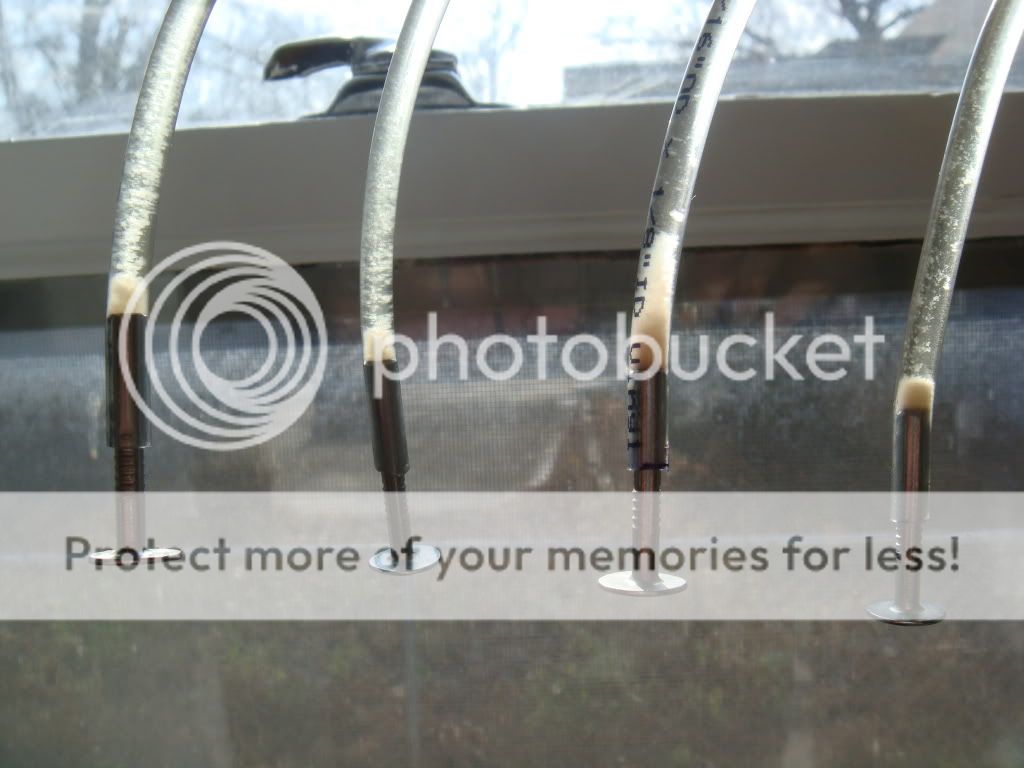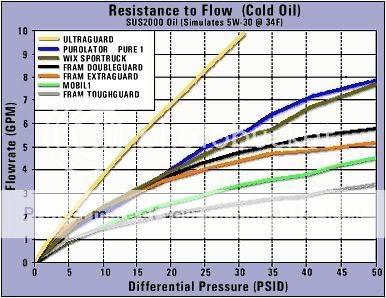Originally Posted By: labman
Originally Posted By: SuperBusa
Originally Posted By: river_rat
Originally Posted By: SuperBusa
Yep ... can certainly see a visual difference in the media between the Purolator Classic and the PureONE.
I don't doubt that labman said the newer Purolator product that he cut apart had less media if he says so, but look at these. How could you get any more media on these? You couldn't.
From the photos, it looks like they all have the same number of pleats to me. Maybe you can count them to verify. Maybe labman should actually post photos so he has some credibility ... seems I don't have any left because I use the term 'cardboard' to describe any filter that doen't have metal endcaps.

You are saying I am a liar? If my word isn't good enough for you, I don't need you.
Why would you need me if I don't have any "credibility" anyway?
 You should be more careful on throwing around your "no credibility" statements.
You should be more careful on throwing around your "no credibility" statements.

Originally Posted By: SuperBusa
Originally Posted By: river_rat
Originally Posted By: SuperBusa
Yep ... can certainly see a visual difference in the media between the Purolator Classic and the PureONE.
I don't doubt that labman said the newer Purolator product that he cut apart had less media if he says so, but look at these. How could you get any more media on these? You couldn't.
From the photos, it looks like they all have the same number of pleats to me. Maybe you can count them to verify. Maybe labman should actually post photos so he has some credibility ... seems I don't have any left because I use the term 'cardboard' to describe any filter that doen't have metal endcaps.

You are saying I am a liar? If my word isn't good enough for you, I don't need you.
Why would you need me if I don't have any "credibility" anyway?














